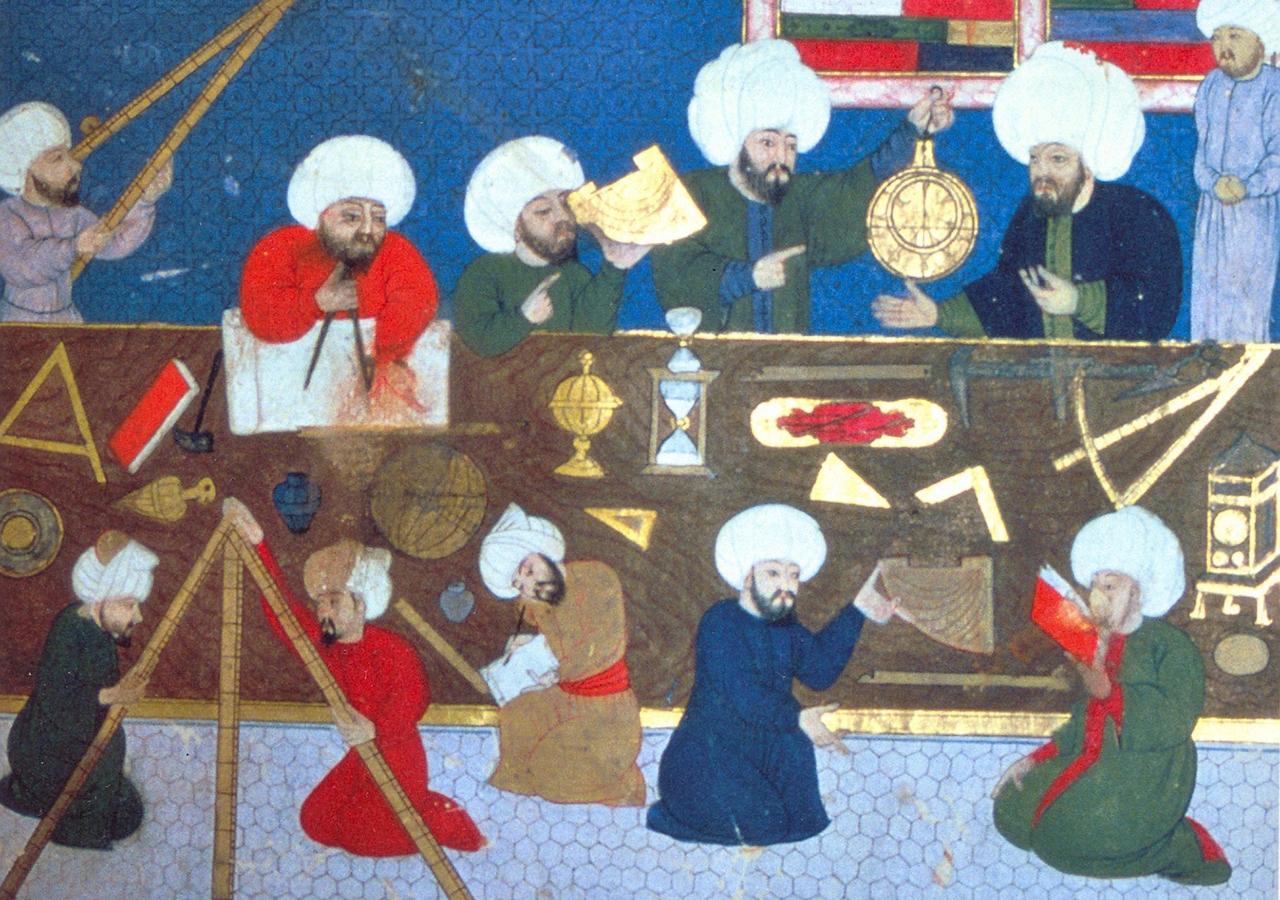The reign of Mamun the Great (r. 813-833) is often said to mark the high point in the development of Arabic science and letters. In Baghdad he built an observatory, founded a university, and ordered the great works of Greek and Indian scientists and philosophers translated into Arabic.
The works of Aristotle and the other philosophers and scientists of the ancient world were also available to the Arabs, whether in the original Greek or in Syrian or Persian translations. Under Harun al-Rashid (r. 785-809), the fifth Abbasid caliph, schools of translators were set up, and manuscripts were ordered from Constantinople and elsewhere.
One of the chief fields of interest was medicine, which the Muslims developed beyond the standard works of the Greek masters. They wrote textbooks, for instance, on diseases of the eye, on smallpox, and on measles, which remained the best authorities on those subjects until the eighteenth century. Al-Razi, a Persian, wrote a twenty-volume compendium of all medical knowledge, and the philosopher Avicenna (980-1037) was perhaps even more famous for his systematization of all known medical science. Al-Kindi (d. 870) wrote more than 250 works on musical, sounds, optics, and the tides.
Muslim scientists adopted Indian numerals (the ones we use today and call “Arabic”). The new numerals included the zero, without which higher mathematical research could not be carried on. The Muslims began analytical geometry and founded plane and spherical trigonometry, and they progressed much further than their predecessors in algebra.

